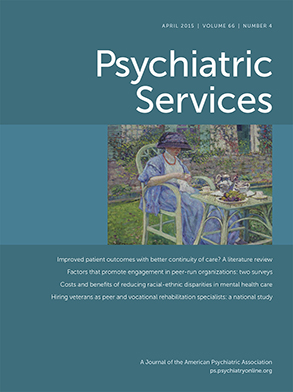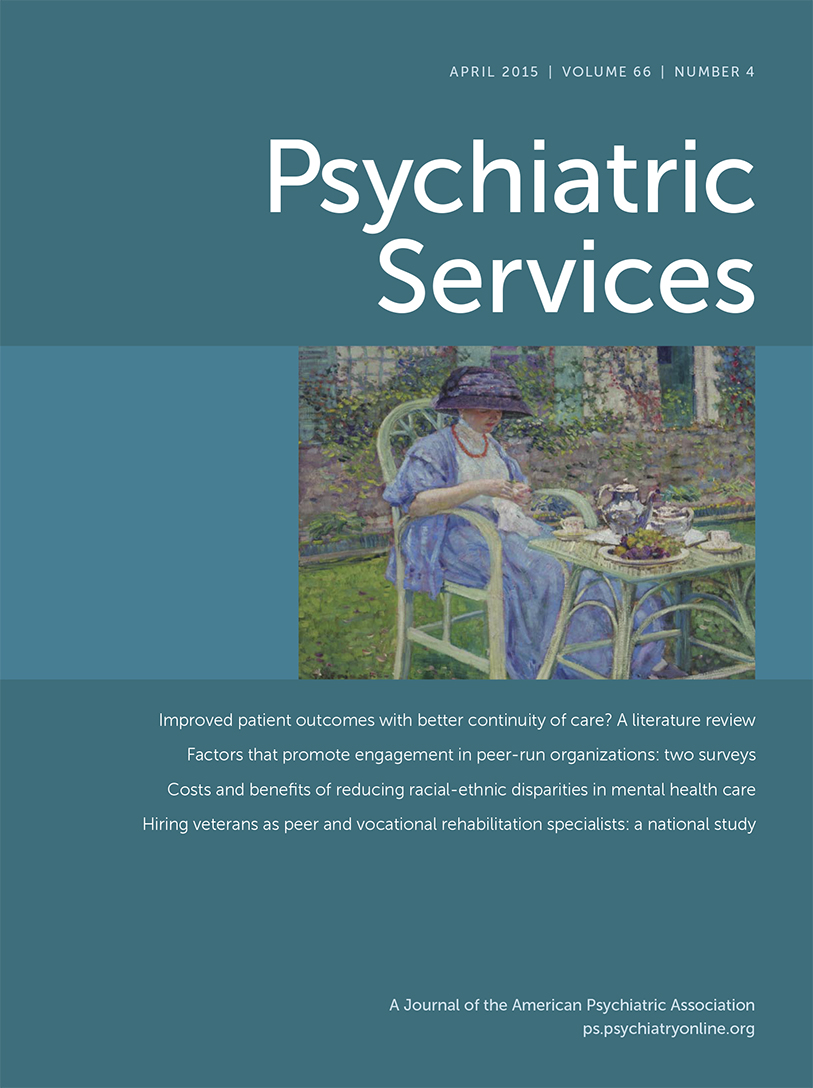Searching for my grandmother’s sister Hannah began a journey I hoped would provide closure at Dixmont State Hospital Cemetery in Pennsylvania. Family lore and a vague death certificate confirmed that Hannah died at Dixmont, but where she was interred was unclear. This final enigma of Hannah’s life—a life filled with both tragedy and adversity—seemed fitting. She and her father emigrated from Morriston, Wales, in 1896 to escape the poverty and disease that took her mother’s life, as well as the short lives of three siblings. Hannah’s experience in western Pennsylvania proved no less brutal. Her only son, a 19-year-old Marine, died at Iwo Jima, and a daughter also died young. The family’s finances were always tight. Hannah struggled to function and had a “breakdown”—possibly a psychotic form of bipolar disorder, an illness I inherited.
The cemetery sits on a hill’s summit overlooking the prior hospital’s grounds. That area, and I say this euphemistically, is in transition. The Commonwealth of Pennsylvania initially sold the Dixmont land to Wal-Mart for a mega-store. Construction crews razed the dilapidated buildings and started dumping and compressing large mounds of earth to flatten out the hills. I would frequently drive by the site on my way to Western Psychiatric Institute, gazing up at the towering mountains of dirt rising above my car and wondering whether the construction engineers had appropriately back-filled the massive underground tunnels running between the numerous clinical buildings.
The landslide of 2006 occurred mercifully in the middle of the night, thus saving countless commuter lives and causing no casualties; the enormous avalanche blocked both a major roadway and the CSX rail line for an extended distance. Although the public record remains fuzzy about the landslide’s cause, retired Dixmont workers joke that the spirits of the deceased patients in the cemetery rose up and pushed that dirt down to thwart Wal-Mart. The spirits must take offense that the money Wal-Mart paid for the land returned to the General Fund of the state of Pennsylvania and was not earmarked for mental health services. The site remains surrounded by a chain-link fence as crews continue to remove dirt to stabilize the area. Some locals nicknamed the area “Fall-Mart.”
On a miserably hot afternoon in July 2013, I borrowed my husband’s behemoth Ford pickup for the cemetery trek. I drove past the now-reduced Fall-Mart dirt heap and queried a local resident who was busy cutting his lawn about the location of the cemetery. Lawn-Mower Man looked irritated: “You going there to clean it up?” His tone implied a clear challenge.
I chose my answer to disarm, not to retaliate: “No, I am by myself. Does it need attention? I am a relative coming to pay my respects.” Turning off his vibrating beast, he apologized for his curt manner, then explained how he tired of the frequent requests for directions from thrill-seeking youths or paranormal enthusiasts. He admitted he had no idea where the cemetery was but suggested I obtain directions from a knowledgeable neighbor with a weathered green pickup, usually parked in front of his house.
Unfortunately, Mr. Green Pickup was not home. I proceeded down another deserted path that seemed too narrow to go very far. Several twists and turns deposited me on an even more primitive road, which led to a plateau I believed was the top of the hill. I noticed a man pacing the cleared ground near a closed paintball business. His vehicle, with the driver’s door open, was an older green pickup! Hands crossed against his chest, Mr. Green Pickup eyed me suspiciously as he inquired about my interest in Dixmont. I noted a pattern developing: the locals did not seem to welcome cemetery visitors.
After I rehashed the family visitation theme, he became chatty. “You can’t go down Cemetery Lane. A tree went down a month ago and blocks the path. You’ll need to go around. You got four-wheel drive, right?” Then he became more somber: “I shouldn’t tell you this since your relative’s buried there, but some of the people are gone.”
“Reinterred somewhere else?” I asked hopefully.
“Not really” he said squeamishly. “There is a house across from the cemetery sign. The second-floor windows look out on the cemetery. Many years ago, there used to be an older man living there whom I knew. He said people would come after dark and dig the bodies up the night after they were buried, for medical schools to use.” Reassuring him I was not offended, I promised Mr. Green Pickup I would investigate the sight line from the house’s back windows.
Soon I was bouncing along rutted paths more manageable for an all-terrain vehicle. Mr. Green Pickup’s directions suggested I should be at the destination, yet all I saw were heavily wooded areas with thick groundcover. Twenty feet into the woods, a man was picking blackberries with his two small children. Wading into the brush toward them, I asked Berry-Picking Father if he knew where the Dixmont Cemetery was. The man looked at me with amusement. “Dixmont Cemetery? Lady, you are standing in it!”
Yes, sir! The final resting place for over 1,300 souls with mental illness, who died at Dixmont, had become an unrecognizable mix of forest and brambles.
“Really?” I said, incredulous. Berry-Picking Father was unfazed. “Be careful walking around here; there are little markers standing up hidden in all that overgrowth—you could trip and hurt yourself.”
Afraid to move as if posted in a minefield, I must have looked stunned.
He continued: “Honest, over there—see where those two trees form a V? There’s a stone right behind, poking up through those dead leaves. It’s a gravestone. They are numbered and in rows.”
Stepping through the cemetery gingerly, I identified covered stones in my path. I wandered back to the rutted dirt trail and tromped further along on foot. There I found Mr. Green Pickup’s final landmarks—the battered Dixmont State Hospital Cemetery sign, with a maple sapling growing from its face, and behind it an attractive monument from a onetime cleanup attempt in 2007. Just across the lane, raised up on a little hill, sat a house with large second-floor back windows that provided a perfect view of the cemetery for witnessing grave robbery.
The grave markers were small dark stones or the rebar left standing from eroded concrete. There were no names—just a letter and a number, organized in haphazard rows and buried under dense brush.
Just 30 feet from the middle point of the blocked Cemetery Lane, placed against a tree by an unknown party, was an elongated worn white gravestone. This marker, different from others, looked oddly familiar. I was aware of a subliminal feeling that I should recognize that type of gravestone. The illegible letters were not incised, but the background around them appeared to be carved out at the top. Could it be a grave marker from the Civil War Grand Army of the Republic?
The answer was revealed when I viewed the stone from a distance. The faint shield design stood out, matching the tombstones of my indigent Civil War ancestors throughout the country. I realized there were service-connected veterans buried there. Dixmont’s cemetery opened in 1863. After the stress of that era’s horrific combat, where else could soldiers get treatment? I wondered what local veterans’ organizations would think of this grossly neglected final resting place for some of their brothers in arms.
After taking several photos, I left, still unsure where Hannah rested. Later that day, my cousin from eastern Pennsylvania found Hannah’s obituary, which describes her burial in Lawrence County, Pennsylvania, not at Dixmont. I was comforted that Hannah’s burial spot likely had not been overgrown by woods and that her grave had not been raided to populate some anatomy lab without her permission. But this practical question endured: “What can be done to honor those whose final resting place is in Dixmont Cemetery?”
The next day, I called officials in Harrisburg, because the Commonwealth of Pennsylvania still owns the Dixmont Cemetery site. I received no viable advice. My next step was to notify many grassroots advocates in the National Alliance on Mental Illness (NAMI). Rena Finkelstein from NAMI Rockland County, New York, answered my plea and introduced me to Dr. Mary Barber at Rockland Psychiatric Center. For years, Dr. Barber has embraced the mission to methodically restore two state hospital cemeteries.
Dr. Barber has rehabilitated incrementally the overgrown, older Rockland cemetery that is situated in the middle of the county golf course. It has only simple, small, numbered bricks, much like Dixmont’s, and a large Sacred Heart of Jesus statue flanked by two winged angels, all original and restored. Although the lawn is now well tended and the trees removed, the rows nearest the surrounding fence are still obscured because the entrenched poison ivy deters the hospital volunteers who maintain the lawn.
In the newer cemetery farther down the road, Dr. Barber is slowly placing footstones with the names, dates of birth and death, as well as a religious symbol, such as a Star of David or a cross, if the deceased’s religion was known. Dr. Barber rehabilitates another segment of the cemetery each year, and she is making clear progress. This ideal could be replicated throughout the country, at all state hospitals past and present, to acknowledge and honor those whose lives ended in these facilities. Our ancestors and fellow citizens buried there should not be forgotten.

